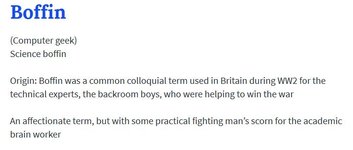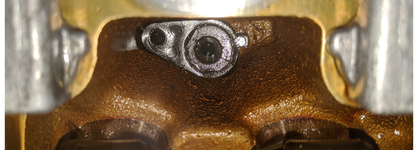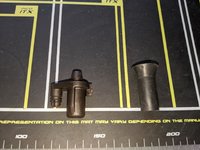@gerryvz, your write up helped/guided - thanks. I did passenger side only thus far.
My engine was ultra smooth when cold, but as the engine was warming up, ticking/clattering would emerge. The closer oil got to an operating temperature, the louder. Couldn't hear anything while driving, only at idling
1. All 8 plastic tubes on the passenger side were lose,
but intact. Metal tubes resolved 2/3 of the noise, so driver side is next.
2. Chain guide was intact, but disintegrated upon removal. I caught all pieces.
3. It was "fun" removing, apparently original, 27 year old (122k mi) valve cover gasket that wasn't leaking (!), in 1 inch pieces with a screwdriver, wife's hair drier, and 10 story high cursing

4. Might be worth adding oil separator and breather hose that attaches to it to the required parts list in post #1












 I should have looked up this job in the FSM earlier. I was correct with the top tabs, but was backwards in attempting to release the lower tabs from the frontside (it looked like the only direction they could be reached manually) The tool releases all the tabs from the backside.
I should have looked up this job in the FSM earlier. I was correct with the top tabs, but was backwards in attempting to release the lower tabs from the frontside (it looked like the only direction they could be reached manually) The tool releases all the tabs from the backside.
















